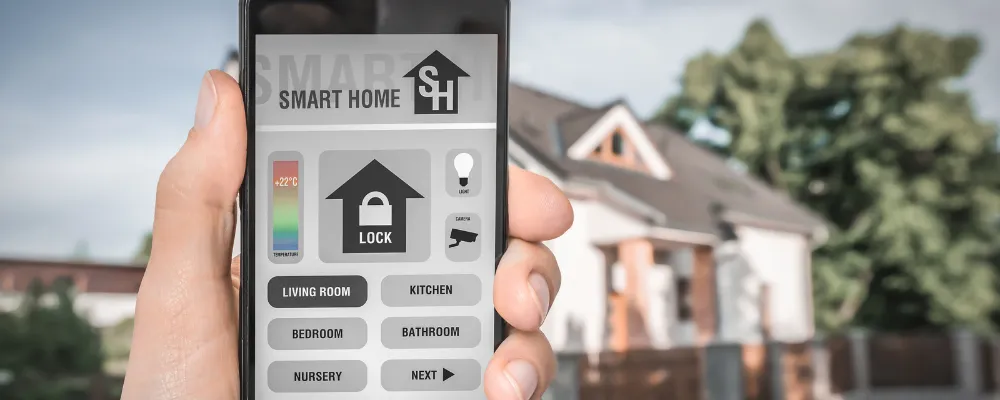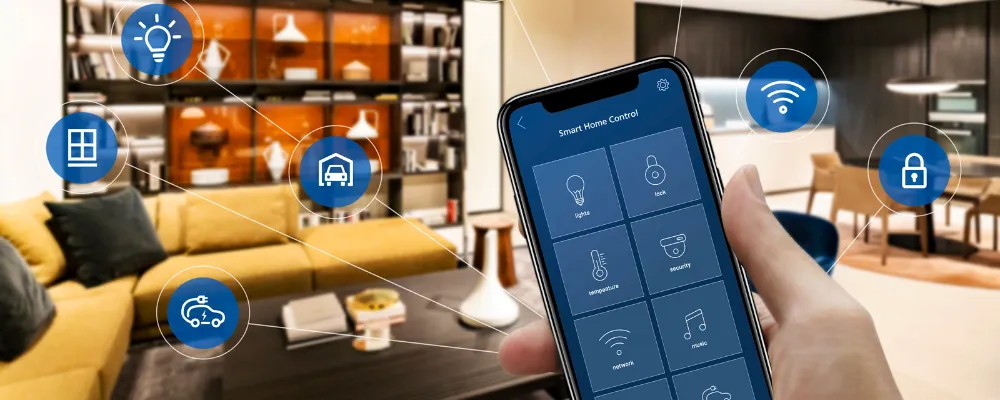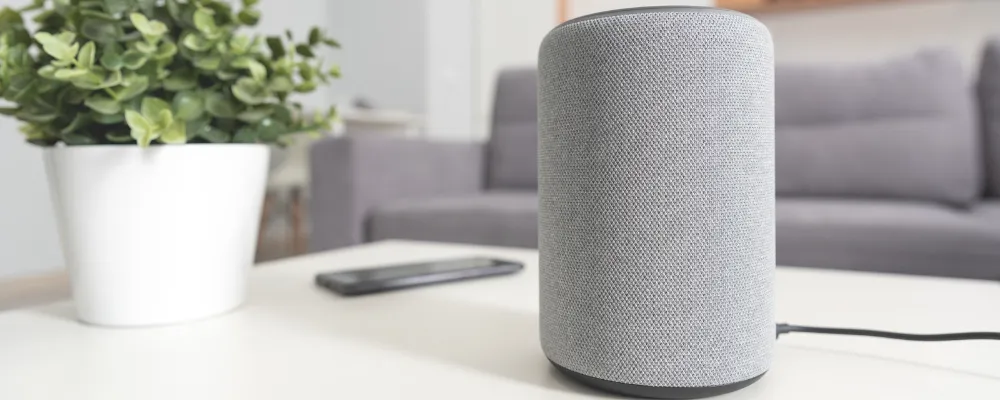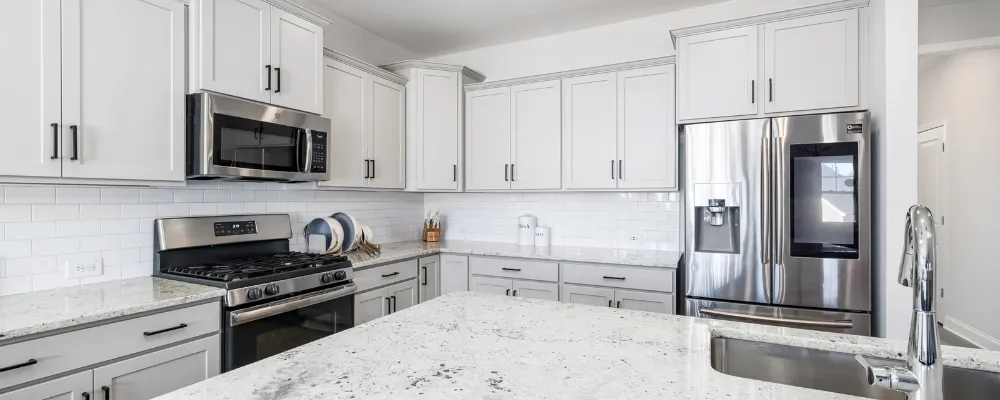Smart Home Technology and Your Electrical System: What You Need to Know to Get Started
Smart home technology is revolutionizing the way we live, offering convenience, increased energy efficiency, and enhanced security. If you're considering incorporating smart home devices into your property, it's essential to understand how these gadgets interact with your electrical system and the steps you should take to ensure a seamless integration. In this post, we'll guide you through the process of getting started with smart home technology and help you make informed decisions for your home or business.

What is Smart Home Technology?
Smart home technology refers to a collection of devices, appliances, and systems that can be controlled remotely or automatically using a smartphone, tablet, or voice-activated assistant like Amazon's Alexa, Google Assistant, or Apple's Siri. These devices can communicate with each other and with you, making your life easier, more efficient, and more secure.
Examples of smart home devices include:
- Smart thermostats that learn your habits and adjust your heating and cooling systems to save energy and money
- Smart lighting systems that can be controlled remotely or set to specific schedules
- Smart security cameras and doorbells that send alerts and allow you to monitor your property from anywhere
- Smart locks that can be locked or unlocked remotely and grant temporary access to guests
- Smart appliances that can be controlled and monitored remotely, such as ovens, washing machines, and refrigerators
How Smart Home Technology Interacts with Your Electrical System
Smart home devices rely on your home's electrical system to function. Most devices connect to your home's Wi-Fi network, allowing them to be controlled remotely and communicate with other devices in your home. Some smart home devices can be plugged directly into your existing electrical outlets, while others may require professional installation, especially if they need to be hardwired into your electrical system.
As you integrate more smart devices into your home, it's crucial to ensure that your electrical system can handle the increased demand. Older homes, in particular, may need electrical upgrades to accommodate the additional load safely. In some cases, you may need to upgrade your electrical panel, add new circuits, or install additional outlets to power your smart devices.
Getting Started with Smart Home Technology
Before diving into the world of smart home technology, it's essential to consider your specific needs and goals. Are you looking to save energy and reduce your utility bills? Improve security? Increase convenience? Identifying your priorities will help you choose the right devices and create a smart home system that works for you.

Here are some steps to help you get started with smart home technology:
- Evaluate your existing electrical system: Before investing in smart home devices, it's crucial to ensure that your electrical system is up to the task. Consult with a licensed electrician, like those at Leger and Sons Electric, to assess your system and determine if any upgrades are necessary.
- Choose a smart home ecosystem: There are several smart home ecosystems available, each with its own set of compatible devices and unique features. Examples include Amazon Alexa, Google Assistant, and Apple HomeKit. Research the various ecosystems and choose one that aligns with your preferences and goals. Keep in mind that some devices can work with multiple ecosystems, offering even more flexibility.

- Select the right devices for your needs: Once you've chosen a smart home ecosystem, it's time to start shopping for devices. Consider your priorities and research the various options available within your chosen ecosystem. Read reviews, compare features, and make sure the devices you select are compatible with your system.
- Install your smart home devices: Some smart home devices can be easily installed by homeowners, while others may require professional installation. If you're unsure about installing a device, it's always best to consult with an electrician to ensure a safe and proper installation.
- Set up your devices and create routines: After your devices are installed, you'll need to set them up and connect them to your chosen smart home ecosystem. This typically involves downloading an app, creating an account, and following the on-screen instructions. Once your devices are connected, you can start creating routines and automating specific tasks. For example, you could create a "Good Morning" routine that turns on the lights, adjusts the thermostat, and starts brewing coffee when you wake up.
- Monitor and optimize your system: Regularly review your smart home system's performance to identify areas where you can improve efficiency, security, or convenience. Look for trends in energy usage, adjust your routines as needed, and consider adding new devices or features to further enhance your smart home experience.
Smart Home Technology and Energy Efficiency
One of the significant benefits of smart home technology is its potential to improve energy efficiency and reduce your utility bills. By automating and optimizing various aspects of your home's energy usage, you can enjoy a more comfortable and sustainable living environment.
Here are some ways smart home technology can help you save energy:
- Smart thermostats: These devices learn your schedule and preferences, adjusting your heating and cooling systems to minimize energy waste. Many smart thermostats also provide energy usage reports, allowing you to identify patterns and make adjustments to save even more.

- Smart lighting: By using smart lighting systems, you can set schedules, create routines, and control your lights remotely, ensuring that they're only on when needed. In addition, switching to energy-efficient LED bulbs can further reduce your energy consumption.

- Smart appliances: Many modern appliances come with smart features that can help you save energy, such as washing machines with energy-efficient cycles or refrigerators that alert you when the door is left open.

- Energy monitoring devices: Some smart home ecosystems offer energy monitoring devices that can provide real-time data on your home's energy consumption, helping you identify areas where you can make improvements.
Ensuring the Safety and Security of Your Smart Home System
While smart home technology offers numerous benefits, it's essential to ensure that your system is secure. Cybersecurity should be a top priority as you integrate smart devices into your home, as unsecured devices can potentially expose your network to hackers.
Here are some tips to help you protect your smart home system:
- Use strong, unique passwords: Always create strong, unique passwords for your smart home accounts, and update them regularly. Avoid using the same password for multiple accounts.
- Keep your devices updated: Regularly check for and install software updates for your smart home devices, as these updates often include security patches.
- Secure your Wi-Fi network: Ensure that your Wi-Fi network is secured with a strong password and up-to-date encryption protocols. Consider creating a separate network specifically for your smart home devices to limit potential exposure to other devices on your network.
- Be cautious with third-party apps and integrations: Only use trusted apps and integrations with your smart home system, as poorly secured third-party applications can introduce vulnerabilities.
Conclusion
Smart home technology offers a wide range of benefits, from increased convenience and security to improved energy efficiency. By understanding how these devices interact with your electrical system, choosing the right products for your needs, and ensuring proper installation, you can create a smart home system that enhances your quality of life. If you need help getting started or require professional installation and support, the experts at Leger and Sons Electric are here to help. Reach out to us today and start experiencing the benefits of smart home technology in your home or business.
As you continue to expand and optimize your smart home system, remember to stay informed about new devices and technologies that could further enhance your living or working environment. The world of smart home technology is constantly evolving, and staying up-to-date on the latest developments can help you make the most of your investment.
Additionally, consider discussing your smart home plans with friends, family, or neighbors who may be interested in implementing similar technology in their homes. Sharing experiences and insights can help you uncover new ideas, troubleshoot issues, and build a supportive community of smart home enthusiasts.
Integrating smart home technology with your electrical system can significantly enhance your home's comfort, convenience, and energy efficiency. By understanding the basics and carefully planning your smart home setup, you can create a seamless, connected living experience tailored to your needs. As you embark on your smart home journey, consider reaching out to a trusted electrical contractor like Leger and Sons Electric to ensure your electrical system is properly equipped to support your new smart devices. Embrace the future of home living and enjoy the many benefits that smart home technology has to offer.
